While the conservation world focused on the Great American Outdoors Act, the administration quietly limited the states’ authority to protect water quality
It feels unfair to be writing about bad news for water quality as we celebrate such a hard-earned victory for public lands this week. Certainly, with the year we’ve been having, all Americans needed a win. But those of us who have been fighting the dismantling of Clean Water Act protections for streams and wetlands needed a morale boost even more. Here’s why:
Last week, the Environmental Protection Agency quietly finalized changes to Clean Water Act rules that allowed states to look out for their own water quality as development activities needing federal permits are proposed that may affect the rivers, streams, and wetlands. What is noteworthy from an administration that usually champions states’ rights is how this rule removes state power.
The EPA’s new rule deals with the “401 certification” process, which is an important, if obscure, Clean Water Act authority. To understand how it works, you need to know two things:
- Federal agencies permit thousands of construction activities across the country each year. The Army Corps of Engineers typically issues permits for building roads, bridges, shopping malls, housing developments, dams, and diversions that touch the nation’s water bodies—inland and coastal, big and little—and wetlands. The Federal Energy Regulatory Commission licenses hydropower facilities and transmission pipelines.
- The Clean Water Act authorizes states to tell these federal agencies what conditions to include in their federal permits that will protect the state’s water quality from the adverse effects of development.
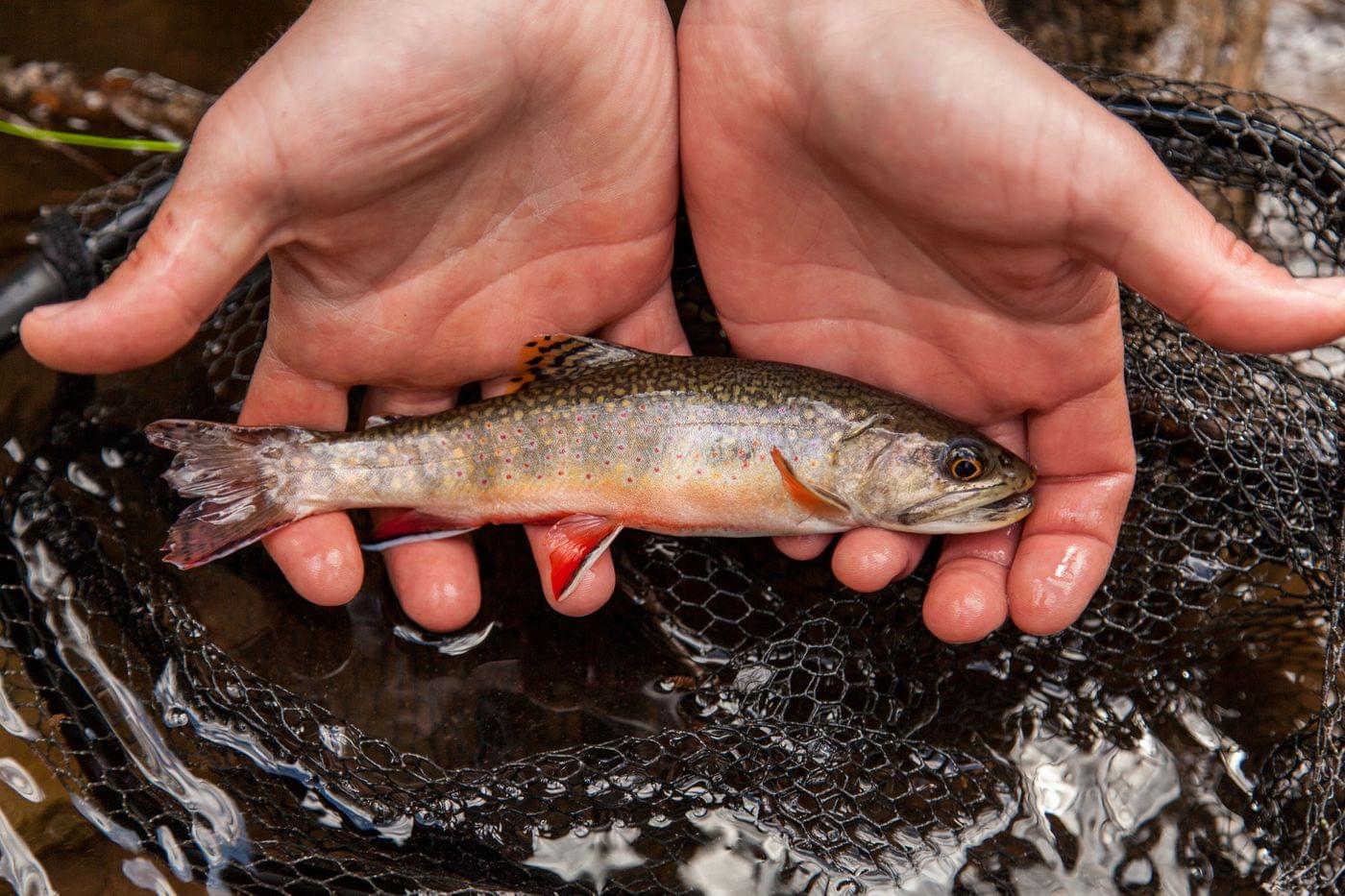
At least twice since the mid-1990s, the U.S. Supreme Court has affirmed the broad scope of states’ authority under section 401 of the Clean Water Act. In the first of these cases, the State of Washington successfully required a dam operator to maintain healthy river flows for the resident salmon fishery. That’s just one example of how this process has provided checks and balances to benefit fish and wildlife.
To be clear, the states’ role is not to prevent development. With tens of thousands of certifications issued annually, half the states who responded to an EPA survey reported zero denials. Because projects need certification, the process is usually one where states and applicants work together to find ways for development to proceed without compromising water quality, habitat, or outdoor recreation opportunities.
The new rule would fundamentally change this process, which has existed for 50 years.
Most dramatically, it limits the states to imposing only conditions that relate directly to water quality standards that EPA approves. So, if a bridge were proposed across a stream that currently supports a recreational fishery and provides fishing access, the state could not require that substitute access be provided close by, because EPA does not do this work.
States can no longer institute certain flow requirements—like Washington did to save its salmon—or require a permittee to build or maintain fish passage, even when the permitted activity would fragment an intact fishery’s habitat.
And states will no longer be able to require water quality protection for the streams and wetlands that the federal government no longer protects under the new “waters of the US” rule. (Here’s my post about that.) According to Trout Unlimited scientists, this is 50 percent of the nation’s stream miles and 40 percent of wetlands, like the prairie potholes of the Upper Midwest.
The rule finalized last week also tightens timelines for the states to take action. States issue most of their certifications in less than six months, but large complex infrastructure reviews take more time. It is appropriate to ask regulators to work quickly, but this new rule shifts the power to applicants. The clock starts to run when applicants first put in a basic request—not when a state receives a complete application, with all the information needed for analysis and decision.
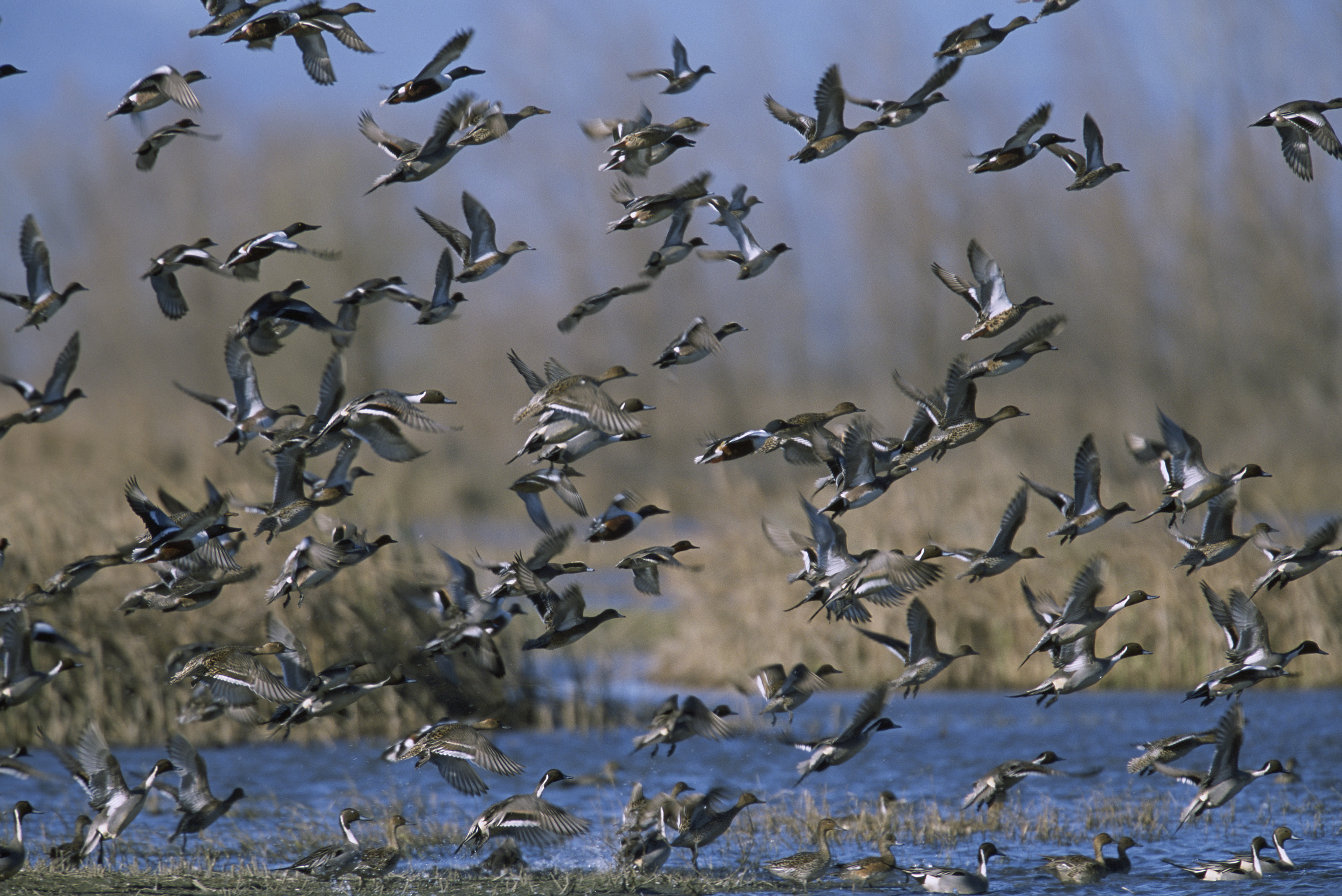
Why these changes? In 2019, in Executive Order 13868, President Trump directed the EPA to change the certification process “to encourage greater investment in energy infrastructure.” Regardless of the importance of this policy, it is unrelated to the only objective of the Clean Water Act, to restore the chemical, physical, and biological integrity of our nation’s waters.
The 401 certification change will almost certainly mean less clean water for fish and wildlife, especially when added to the administration’s rule rolling back environmental reviews under the National Environmental Policy Act, also finalized last week, and the rule I mentioned shrinking Clean Water Act protection by almost half.
During debate over the latter, the administration argued that the states could use their authority to protect the headwaters and wetlands that the federal government would no longer regulate. But this latest change constrains the states’ ability to do just that.
While EPA takes contrary positions regarding state authority, the beneficiaries of these rules are the same—those who want to build pipelines without having to safeguard fish and wildlife. These developers also win under the NEPA rule changes.
Sadly, the losers may be those of you reading this blog.


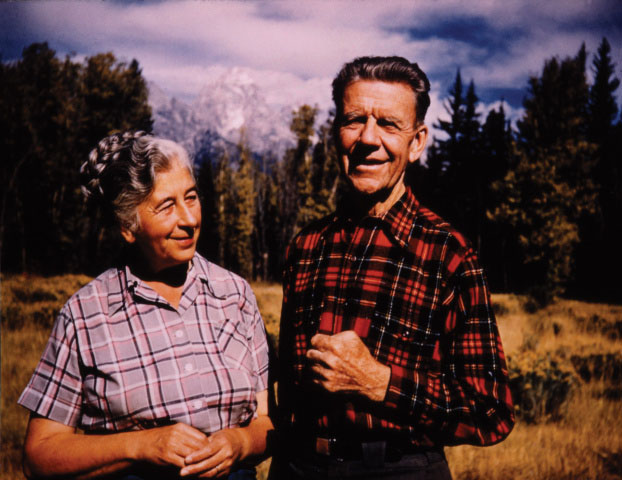
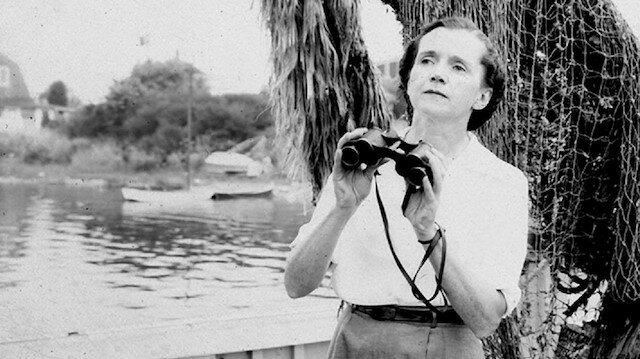
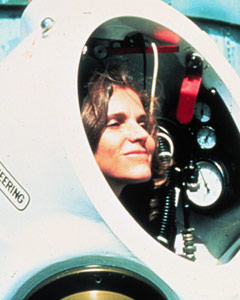

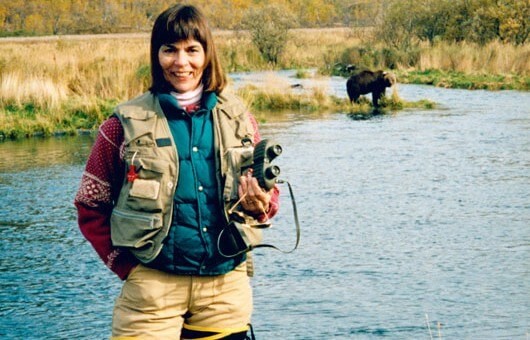
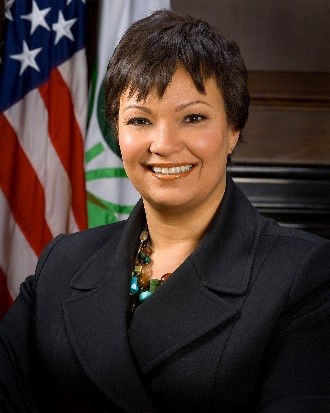

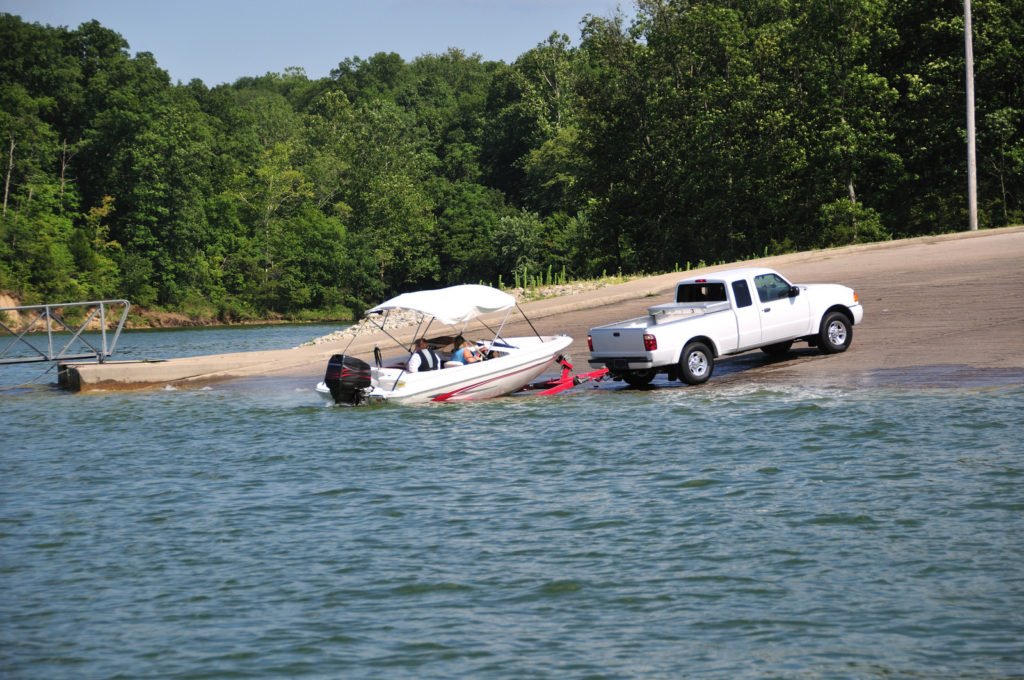
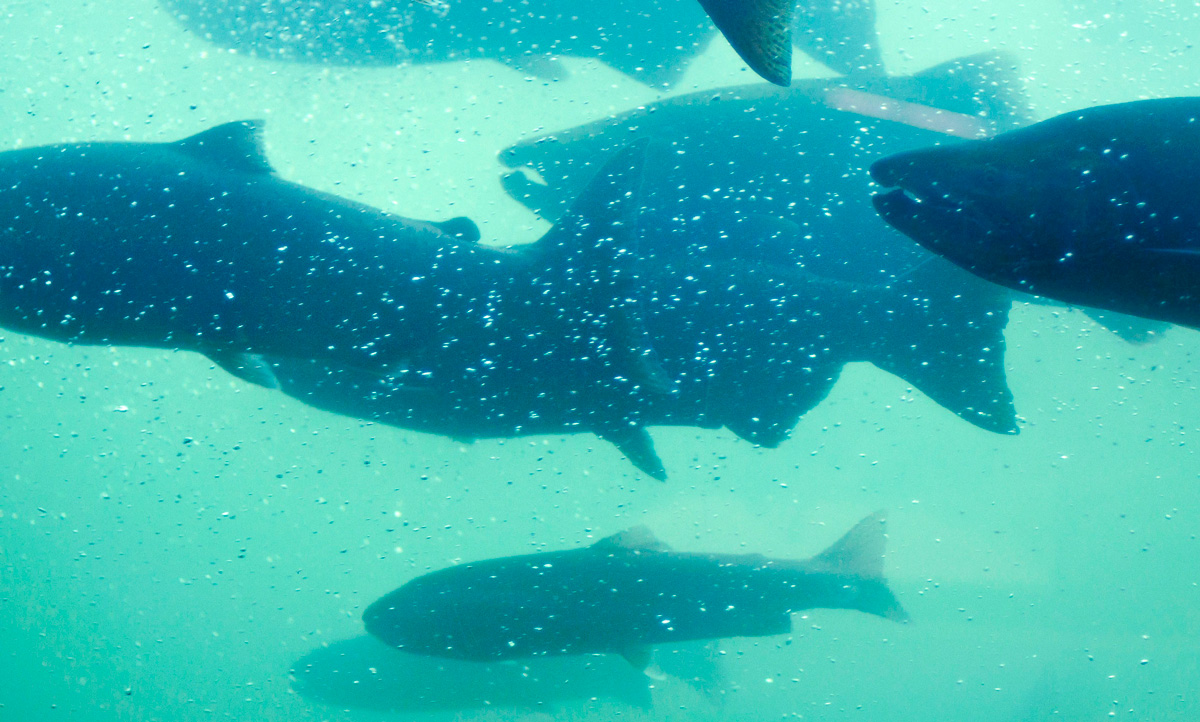
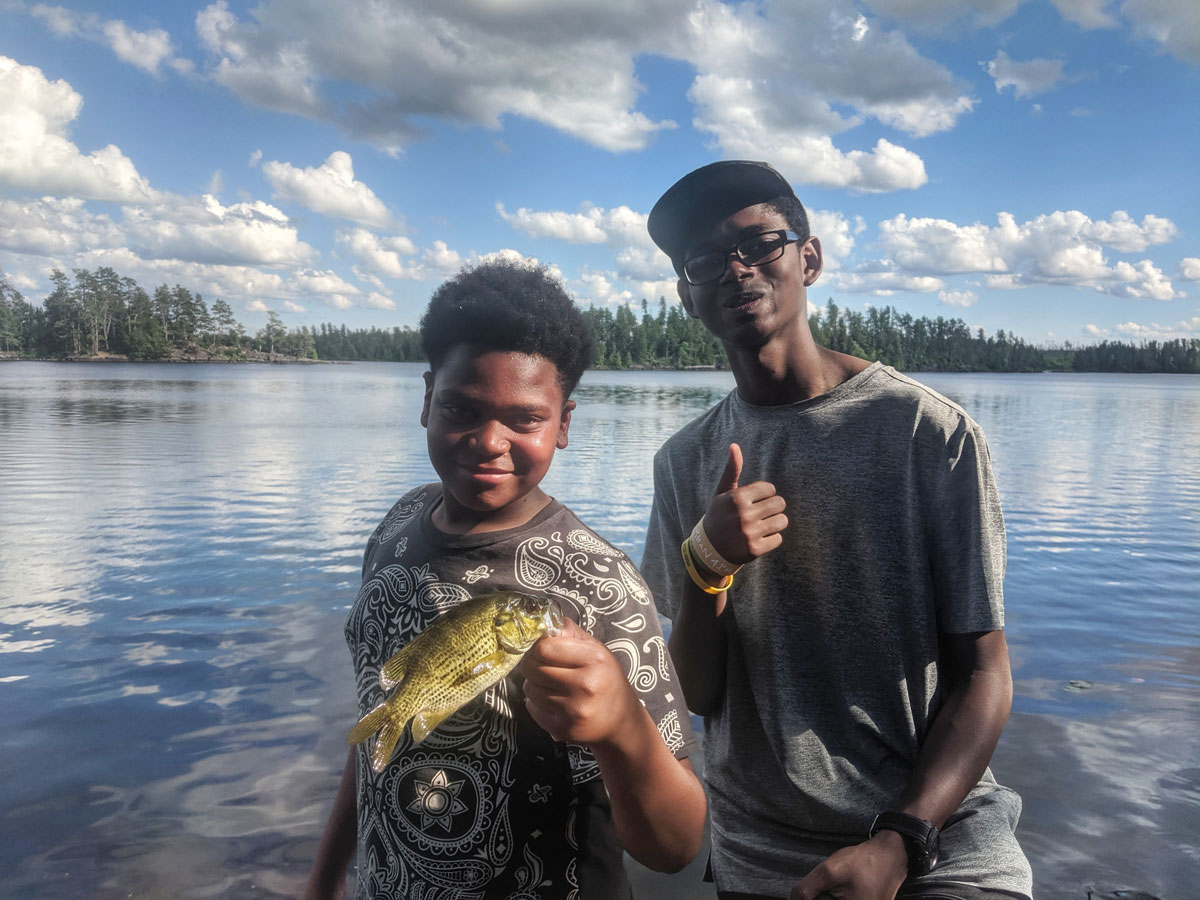




While I feel the initial concept was not intended to do damage, this is a great example of oversight, or missing the forest for the trees. I’m all for American energy development as we can do it cleaner and more responsibly without putting money in questionable characters pockets, but hope the legislation can be amended effectively to help protect our natural resources for all.
This is a travesty when clean water needs to be freely available, and the lands, fish and wildlife needs to be protected. The EPA is opposing Environmental Protection and giving away the public trust to oil companies and developers who are the winners in this. This is not a fair and equitable decision. Anything we can do to change it should be done.
It’s time to fight with your voting rights, vote out the Scumbagt Carpet Baggers controlling all these rollbacks for clean air, water and earth, for the ease of letting the mines, and polluters in, and causing grave damage!
Protect the wetlands, water and fish/ water dowel habitat
Keep the Trump Administration out of our natural resources. Corporate interest is vested in profit not preservation of our rivers, lakes wetlands etc. all of which are vital to our health and the health of our environment.
Thank you for explaining what the EPA is quietly undoing since there has been little to no public discussion of what is at stake and what is being done to the public. Instead of protecting the public, the EPA under this Administration appears to be dismantling important regulations to aid the economic interests of a few companies at the expense of the general public’s long term health of its water and air. As the expression goes ‘Water is Life’ and everyone needs its Water and Air properly protected so there should be State input at the State level.
I OFTEN FIND THOSE THAT EXPRESS AN INTEREST IN CLEAN WATER AND WILDLIFE PRESERVATION ACTUALLY DO LITTLE IF ANY THING TO SUPPORT IT. REMEMBER, WHEN ITS GONE, ITS GONE!!!
Thank you for bringing this rule change to our attention. Hopefully there will be enough pushback to combat any ill effects from this change.
This rollback will force states to rush through requests for certification rather than providing a timeframe that is based on the complexity and scope of the project’s impacts to water quality.
Great reporting. Thank you for keeping us informed!
This sounds like cutting off your nose to spite your face. You hurt the waterways that are clean and natural by imposing time limits on the state. Asking them to make decisions on incomplete proposals and ideas. No possible way to do studies for impact or clearance in a timely fashion. Bad idea for the public.
Please keep investigating, writing and informing us about these types of underhanded, power abusing rule changing decisions that undo so much good work, and improvements that took years and years to accomplish. I hope you continue to expose these actions and share your expertise with the public.
Thank you for shedding light on this. While the Great American Outdoors Act is a milestone piece of legislation, it is contradictory to remove protections of breeding habitat for our feathered and finned friends.